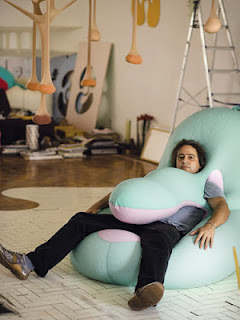My name is Laura-Emily Swain, I have just completed my undergraduate degree in Fine Art at Nottingham Trent University. I am currently studying MA Puppetry and Digital Animation.
My interests include writing, performing, knitting and everything concerning the Harry Potter universe (written by J. K Rowling).
My influences tend to be found within literature such as authors Haruki Murakami, Neil Gaiman and Trudi Canavan, and I'm also inspired by the moving image and animation works of Studio Ghibli and Dave McKean.
Additional information:
Alter-ego/ performer name: Anxiety-Anne The Artist
Exhibitions Team Member at Bohunk Institute:
 |
| Bohunk Institute, Nottingham - Staff |
Municipal Liaison for Derbyshire: NaNoWriMo (National Novel Writing Month)








